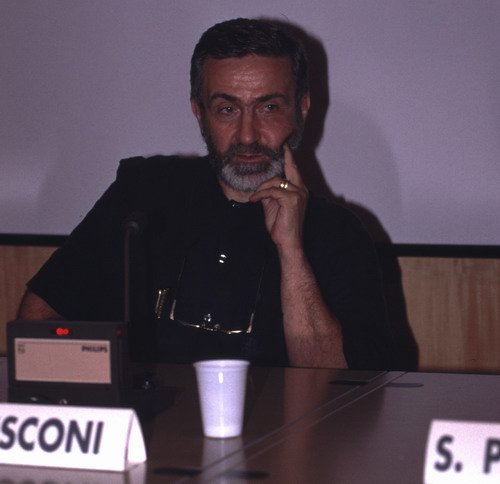Arbor una nobilis
‘The exhibition will attempt to outline the changes in crucifix, iconography which occurred in the centuries between the middle ages and the Renaissance, focussing in particular on how these art forms reflect the social, cultural and religious upheavals amid which they originated. During the years between these two historical periods, great changes undoubtedly affected the artistic creations through which the Christian faith expressed itself. Besides those of a philosophical and theological nature which quickly grew in number from the mid- 13th century until the end of the 14th century, tremendous social and political upheavals inevitably affected and often interacted with the world of theological and philosophical thought. So far as crucifix iconography is concerned, in the course of these centuries, this passed from being an art form seen as the cele-bration of the Redemptive Mystery, as Christ’s victory over sin and death, to the crucifixion as the story of the agony suffered by Jesus on the cross. Symptomatic in this sense is the fact that, after the end of the 13th century and contrary to what had been the case before, it is the dead Christ who is always represented while, from the top of the cross, the figure of Christ disappears altogether, as if to relegate and confine Him in the role of victim. The exhibition will illustrate the above changes starting with a series of fundamental texts, faithfully reproduced in photographs, covering a period of about three centuries and a fairly wide geographic area. These will be accompanied by ori-ginal texts of minor art, in order to show how iconographic change not only affected major art but was present at all cultural levels.’











